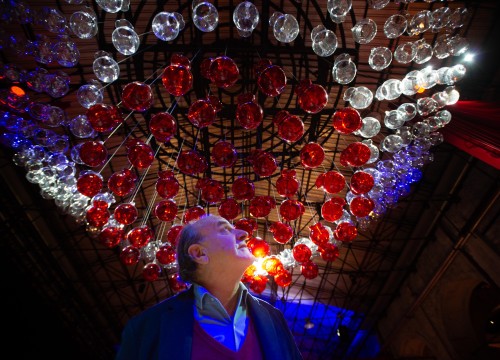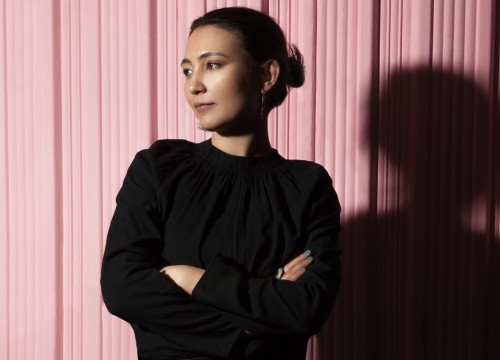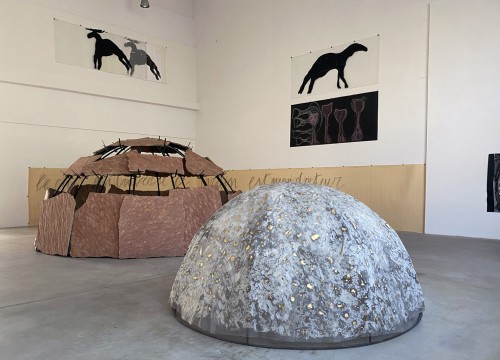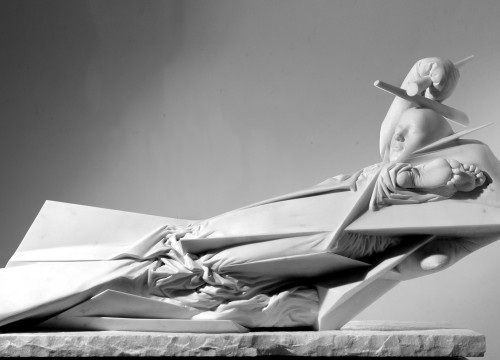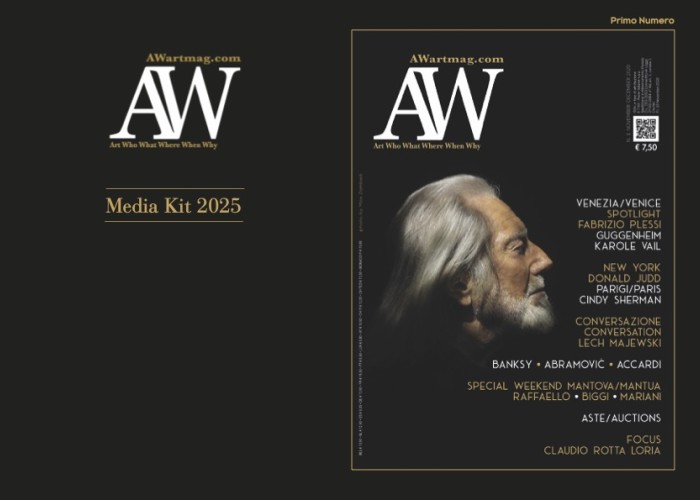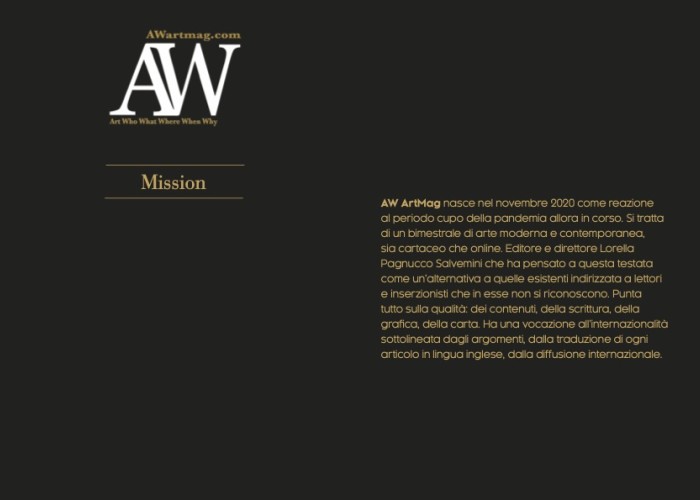425 candidates. Many of the chosen directors worked for the Ministry
The last round of appointments of the directors of museums, archaeological sites, galleries, and libraries is over. As usual, this complicated and intricate process was not free of controversy and lively exchanges of opinions aimed at identifying the right people to direct some of our country’s most important cultural institutions. The scientific committee, which is chaired by the director of the Egyptian Museum in Turin, and includes the director of the National Gallery in London and the director of the Prado in Madrid, evaluated 425 candidates. Of the many directors who ceased to hold office, some were reconfirmed with honours. It is the case with Eike Schmidt, director of the Uffizi in Florence – one of the world’s most important museums – who redoubled not only the revenues of the museum but also the number of its visitors and the acquisitions of works of art. Born in Germany, Schmidt succeeded in earning the esteem of a picky city like Florence also thanks to the amazing results he achieved by combining his extraordinary organizational skills and thorough knowledge of art history with a network of relationships within the complex universe of prestigious museums from New York to St. Petersburg.
This universe recognized his scientific preparation, his friendliness, and the rigour with which he has been managing one of the world’s best-known museums, overcoming an initial clash with the Unions. But he bridged over employment downsizing and started hiring again. Of the many foreigners who were chosen during the previous round of appointments (something that made many people wonder what do our universities teach if we need to appoint intellectuals from abroad), the director of the Museum of Capodimonte in Naples, Sylvain Bellenger, was reconfirmed too. Sylvain got a degree in philosophy and, then, another one in art history at the École du Louvre in Paris, the institution through which the Sorbonne has succeeded in revitalizing the museum and its role in a city that preserves the ancient architecture and social and cultural structures of an authentic European capital. Minister Dario Franceschini put great effort into finding the best solution to reward the museums and archaeological sites that are some of the most lively institutions in the history of the country, as well as its national libraries, the largest of which is in Florence.
Once all directors were appointed, it was with evident satisfaction that the Minister said that “the Italian model stands out as an example of excellence”. And if we think of what Sir Harold Acton stated during a debate in Florence – that Italian museums are the most beautiful places where one can get lost and never find their way out – we see that this excellence is generally acknowledged. Acton also added, “I’m not saying this because I am a Florentine – I’m an “anglobecero”, as they call me – but because it is true. I would spend my whole life at the Uffizi if only they let me do it.” As usual, there is no lack of controversy, with a lot of people highlighting that many of the appointed directors are architects and art historians who work for the MIBACT and, so, they are state managers. According to practice, after selecting the 425 candidates, the committee examined them and chose only about one hundred people. Minister Franceschini appointed the three directors of first-class museums, general director of Italian museums Massimo Osanna chose the nine directors of second-class museums, and national director of libraries Paola Passarelli chose the director of the Girolimoni Opera – including the library of the same name – in Naples. So, let’s see who the thirteen new directors are. Art historian Francesca Cappelletti was appointed director of the prestigious Borghese Gallery in Rome, a treasure trove of masterpieces occupying about twenty rooms and including sculptures of different periods, bas-reliefs and paintings by Caravaggio, Titian, and Raphael, as well as dozens of important “capodopere”.
French art historian Stéphane Verger, an expert of Italian art who graduated from the Paris Institute for Advanced Studies, was appointed director of the Museo Nazionale Romano, which includes Palazzo Massimo, the Baths of Diocletian and Altemps Palace, which are all rich in works from recent and ancient collections. Art historian Edith Gabrielli is the new director of Palazzo Venezia and the Vittoriano in Rome; working as a manager for MIBACT, she is also the director of the museums of the Lazio region. Antonella Cuciniello was assigned the direction of the library and monumental complex of the Girolamini in Naples, as well as the direction of the museums of the Calabria region. Luigi Gallo is the new director of the National Gallery of the Marche in Urbin, and the curator of Scuderie del Quirinale. Francesco Muscolino was appointed director of the Archaeological Museum of Cagliari and works for the MIBACT.
Maria Grazia Filetici is the new director of the National Museum of Abruzzo in L’Aquila and works as an architect for the MIBACT. Like her, Anna Maria Mauro, the new director of the National Museum of Matera, works as an architect for MIBACT too. Stefano L’Occaso was appointed director of the Ducal Palace of Mantua, a historical complex that hosts many masterpieces including Mantegna’s Bridal Chamber. Mario Epifani is the new director of the Royal Palace of Naples, the museum that was founded by Philip III of Spain and that hosts many important cultural events. Greatly-experienced archaeologist Alessandro D’alessio will manage the Archaeological Park of Ostia Antica and the Domus Aurea in Rome. Archaeologist Filippo Demma, who works for the MIBACT too, will manage the Archaeological Park of Sibari, with its many sites (including some underwater ones) that have still a lot to offer. Finally, art historian Maria Luisa Pacelli is the new director of the Pinacoteca Nazionale in Bologna.
As a large part of these directors are MIBACT managers, controversy arose about the fact that those who are closest to the institutions were favoured. On the other hand, many people acknowledged that most choices are fitting and that they should contribute to reviving some centres of remarkable cultural and tourist relevance such as the sites of Sibari and Ostia Antica. We must keep in mind that we are in the coronavirus era and that, at the moment, tourism is absent; this means that, at the right time, we will need highly interesting attractions to make people rediscover Italian culture. And what better attraction than our museums, in addition to the natural beauty of our country, which is a real open-air museum?







